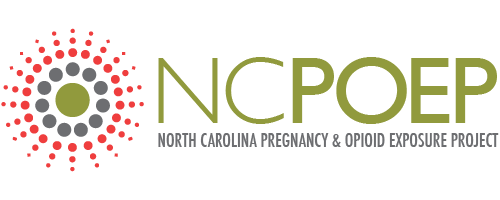Many strong reasons exist for helping women who are struggling with substance use disorders to connect with treatment. Consider the following reasons to connect women to treatment:
- Treatment can prevent a substance-exposed pregnancy
The earlier in the pregnancy a woman can be connected to treatment, the less impact her substance use will have on the development of the baby.[1]
- Treatment can improve birth outcomes[2]
Overwhelming evidence shows that women who engaged in substance-use disorder treatment had better birth outcomes, defined by higher birth weight, full-term births, and lower infant mortality.
- Treatment makes a difference.[3]
![Figure 1. Outcomes of Participants in Pregnant and Post-partum Women’s and Residential Treatment Programs Nationwide. Adapted from Caliber Associates(2003)<sup><a href="#_ftn3" name="_ftnref3">[3]</a></sup>](/wp-content/uploads/2015/02/section04_chart_01.png)
Figure 1. Outcomes of Participants in Pregnant and Post-partum Women’s and Residential Treatment Programs Nationwide. Adapted from Caliber Associates(2003)[3]
- Treatment can improve the quality of life for women and their families.
In cases of out-of-home placement of children, the mother’s treatment for substance-use disorders is linked to increases in mother-child reunification.[4]
- Treatment can lead to recovery: People do recover from substance-use disorders.
Recovery is “…a process of change through which individuals improve their health and wellness, live a self-directed life, and strive to reach their full potential.”[5]
- Treatment is cost-effective; researchers have determined that treatment saves $7 for every $1 spent.[6]
- Treatment for substance-use disorders has been shown to have efficacy similar to that of treatment regimens for other chronic illnesses. Rates of returning to pre-treatment status are the same as other chronic illnesses such as type I diabetes, hypertension, and asthma.[7]



